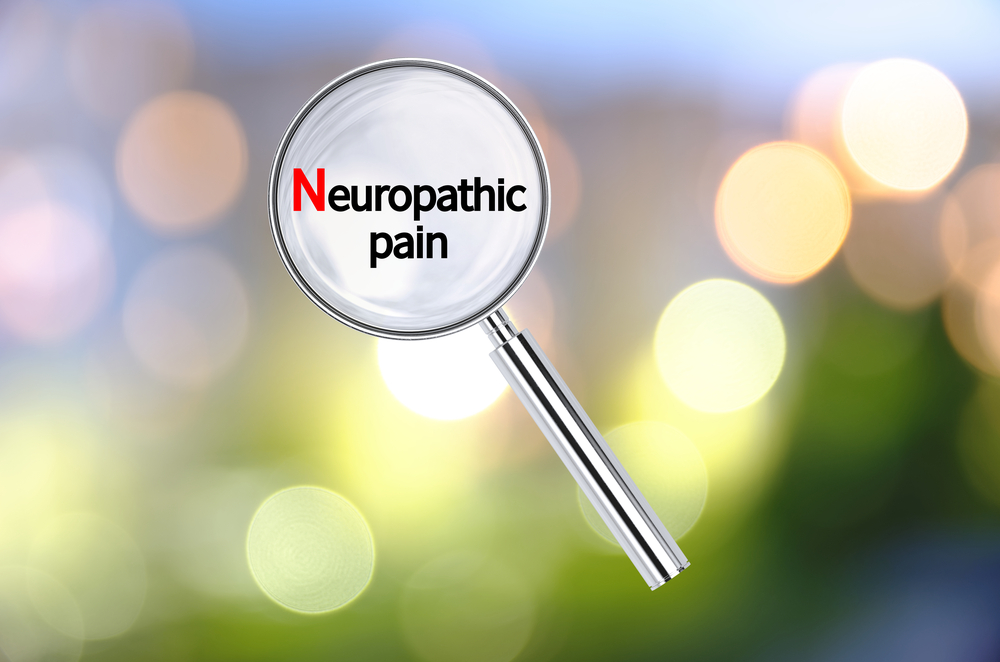DIAGNOSIS
A patient complaining of pain with similar symptoms to neuropathic pain has to be appropriately assessed. Assessment will start from the patient’s medical history. Once underlying nerve damage is suspected, the physician may recommend nerve testing. Nerve evaluation may be conducted through an electrodiagnostic medicine. Blood tests may also be done as a further procedure to determine nerve damage.
TREATMENT
Once a neuropathic pain is detected, physicians will recommend antidepressant and anticonvulsant drugs to help ease the pain. In some cases, non-steroidal anti-inflammatory drugs will be suggested for pain management.
Nerve blocking procedures or nerve freezing are also suggested to aid neuropathic pain. However, since these blocks are temporary, the procedure must be repeated over time for better results.
People with Neuropathic pain may also try pain management through some lifestyle options like relaxation, massage therapies, and physical therapies to help ease the muscles. Physicians will also help patients of strategic ways to cope with the pain felt by patients.
Multimodal Therapy and Neuropathic Pain
As a painful sensation, patients with neuropathic pain would love to deal with it in the easiest way possible. However, there is no exact treatment yet for the condition as of today. To deal with it, experts suggested multimodal therapy to address this health issue.
Multimodal therapy is a combination of medications, physical therapy, psychological treatments, surgery and implants. This multi-pronged approach aims to help patients who are suffering from this chronic medical condition.


